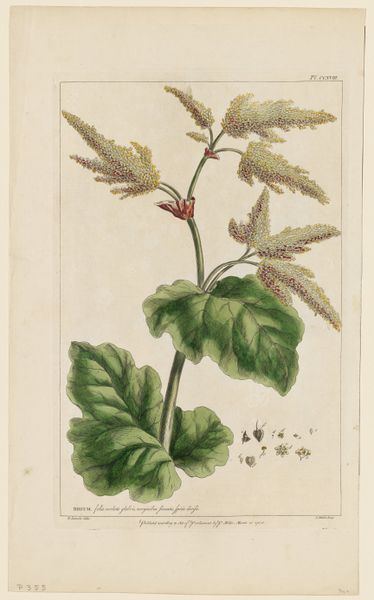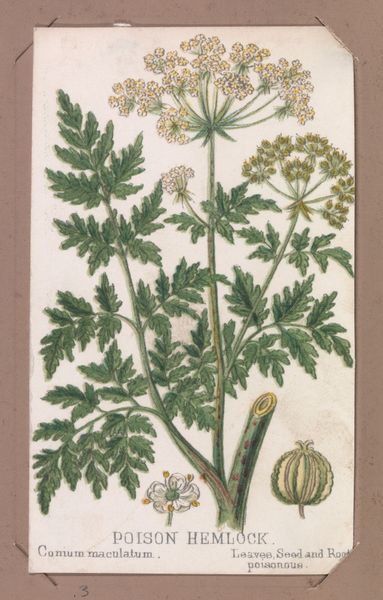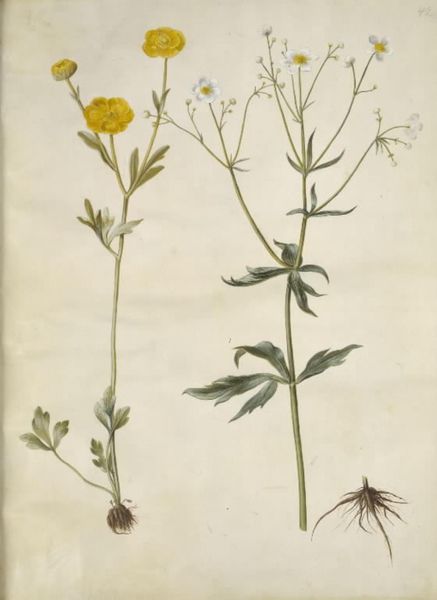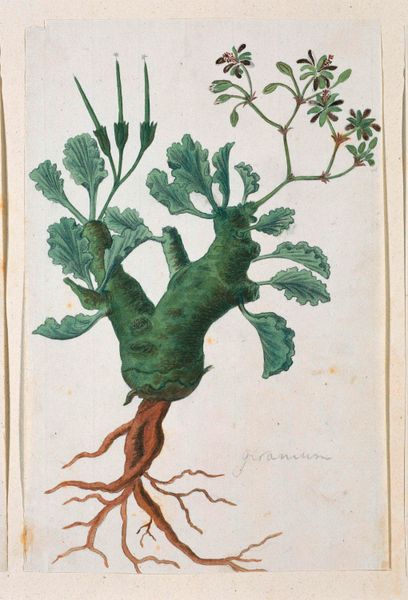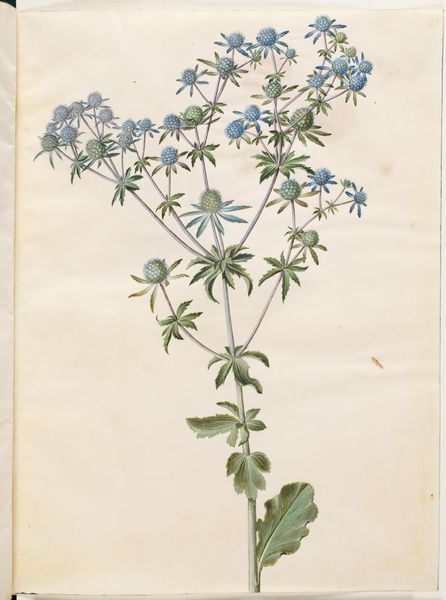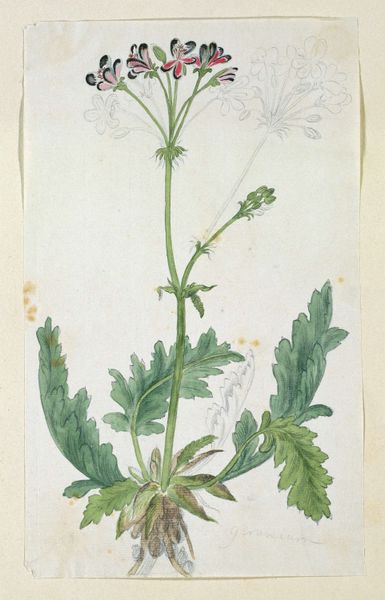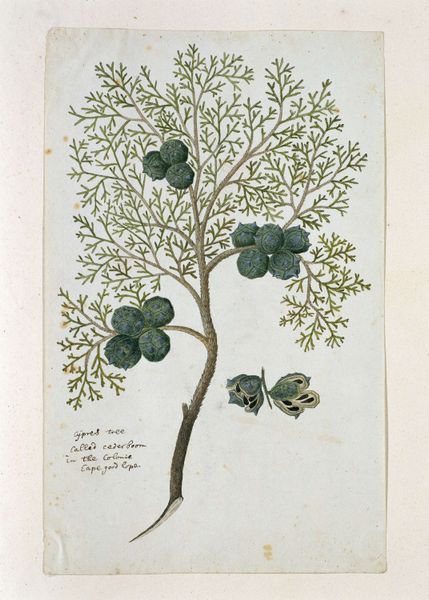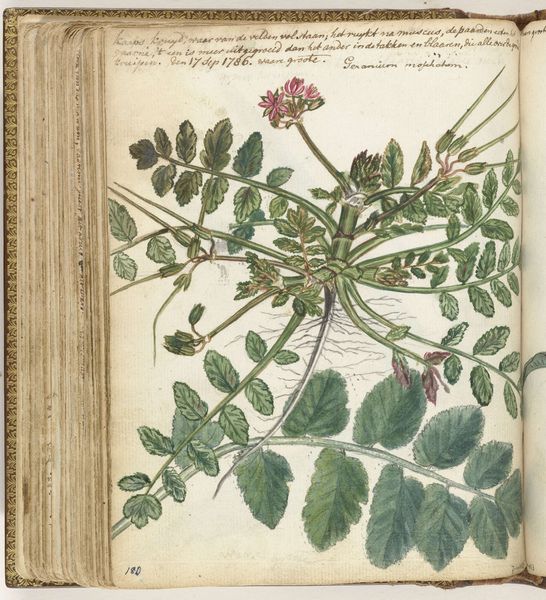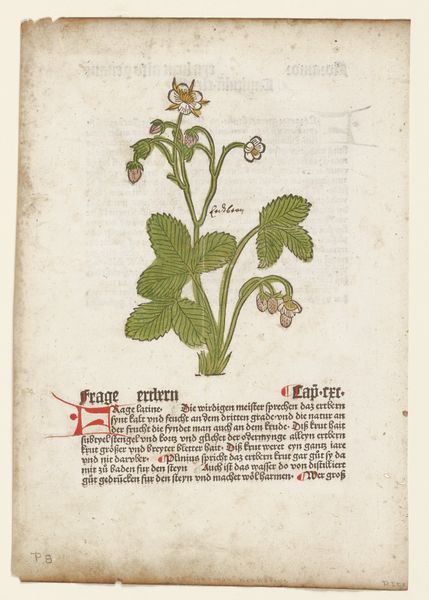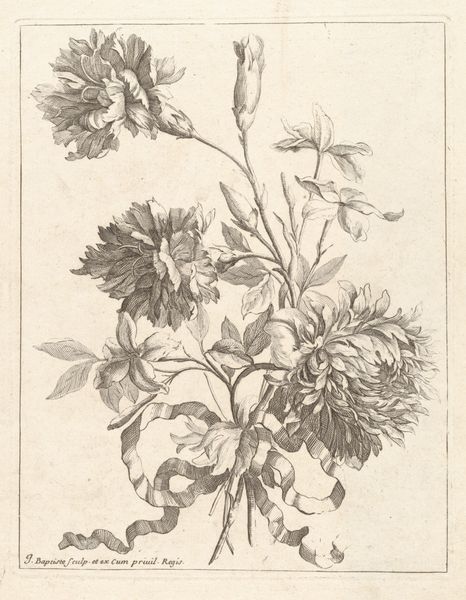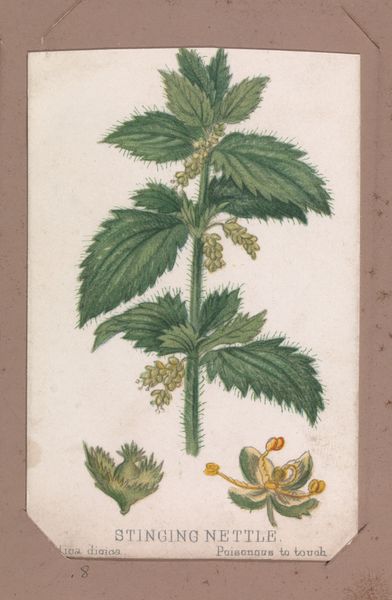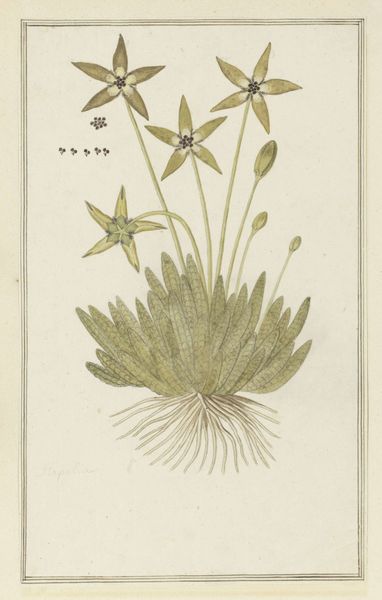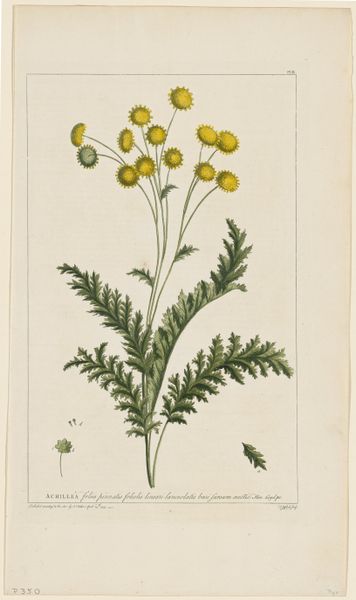
Leaf from New Kreuterbuch by Leonhart Fuchs, plate 97 from Woodcuts from Books of the XVI Century c. 1543 - 1937
0:00
0:00
drawing, painting, print, paper, watercolor
#
drawing
#
water colours
#
painting
# print
#
paper
#
11_renaissance
#
watercolor
#
line
#
watercolour illustration
#
northern-renaissance
#
botanical art
#
watercolor
#
realism
Dimensions: 329 × 201 mm (image); 352 × 233 mm (sheet)
Copyright: Public Domain
This is Plate 97, a leaf from New Kreuterbuch by Leonhart Fuchs, a woodcut made during the 16th century by Heinrich Füllmaurer. During the Renaissance, the rediscovery of classical texts and a renewed interest in natural philosophy prompted a surge in botanical studies. These advancements took place in a society steeped in entrenched class structures and gender norms. The detailed depiction of plants served practical purposes, mainly for medicinal applications, yet it also reflects a growing aesthetic appreciation for the natural world. Füllmaurer’s work is interesting because it is both visually pleasing and a source of knowledge about the natural world. The emotional experience of encountering such art stems from its ability to connect us with both the science and the beauty of the natural world. The representation of plants like this maintained traditional uses, but it also opened avenues for women in herbal medicine, even as societal gatekeepers often tried to restrict their access to such knowledge. Reflecting on this image, we might consider how access to knowledge, even about something as seemingly simple as a plant, has historically been shaped by societal forces.
Comments
No comments
Be the first to comment and join the conversation on the ultimate creative platform.
